PPT-Basic Parsing with Context-Free Grammars
Author : pasty-toler | Published Date : 2015-10-04
CS 4705 Julia Hirschberg 1 Some slides adapted from Kathy McKeown and Dan Jurafsky Syntactic Parsing Declarative formalisms like CFGs FSAs define the legal strings
Presentation Embed Code
Download Presentation
Download Presentation The PPT/PDF document "Basic Parsing with Context-Free Grammars" is the property of its rightful owner. Permission is granted to download and print the materials on this website for personal, non-commercial use only, and to display it on your personal computer provided you do not modify the materials and that you retain all copyright notices contained in the materials. By downloading content from our website, you accept the terms of this agreement.
Basic Parsing with Context-Free Grammars: Transcript
Download Rules Of Document
"Basic Parsing with Context-Free Grammars"The content belongs to its owner. You may download and print it for personal use, without modification, and keep all copyright notices. By downloading, you agree to these terms.
Related Documents

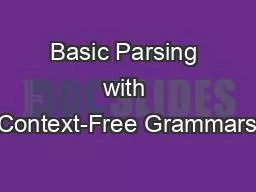
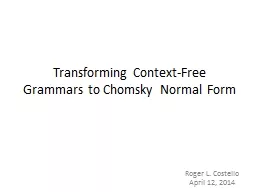
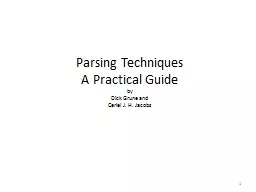
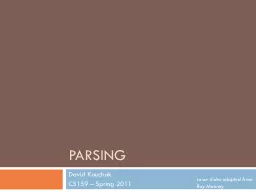
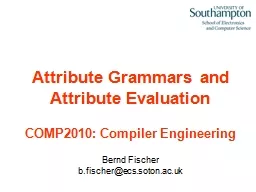
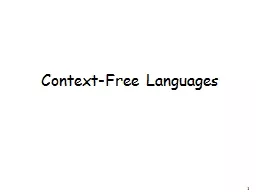
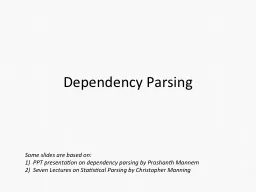
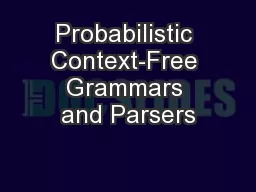
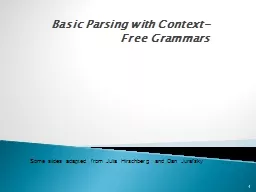
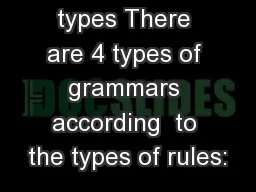
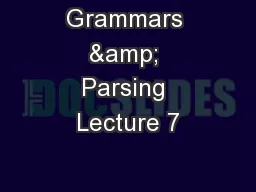
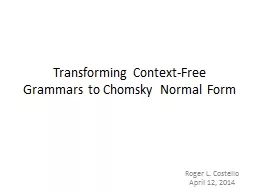
![[DOWLOAD]-Parsing with Perl 6 Regexes and Grammars: A Recursive Descent into Parsing](https://thumbs.docslides.com/976826/dowload-parsing-with-perl-6-regexes-and-grammars-a-recursive-descent-into-parsing.jpg)
![[FREE]-Parsing with Perl 6 Regexes and Grammars: A Recursive Descent into Parsing](https://thumbs.docslides.com/992569/free-parsing-with-perl-6-regexes-and-grammars-a-recursive-descent-into-parsing.jpg)